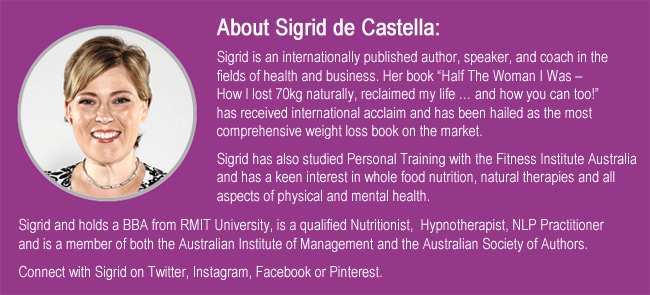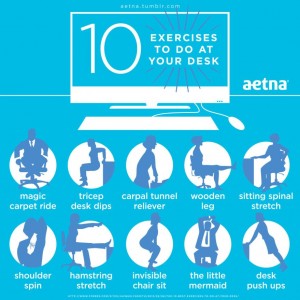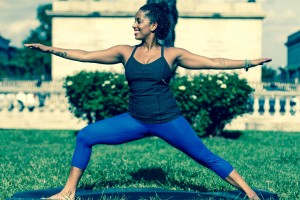Click here for the original InShape News article.
It depends … the answer is not simple and the truth is lifting weights (or resistance training) produces vastly different results in men and women. True that the amount of muscle is mostly linked to your testosterone levels – 200-1200 ng/dl in men while 15-70 ng/dl is pretty typical in women. So naturally for men resistance training yields much more muscle mass than it will for women, who have lower amounts of testosterone.
But muscle mass is not only influenced by testosterone levels, but also the amount you eat, what you eat, how often you work out, how hard you push your workout, the type of resistance training you undertake, the amount of rest between sessions, and your age.
So how do you unwind this complex web of variables and achieve the results you’re seeking? Let me break this down into separate answers for women and for men.

Women
Unless you have an unusually high level of testosterone, eat massive amounts of protein and work out using the Arnold Schwarzenegger method of resistance training there’s just no way on this earth that you’re going to build any sort of over-bulked muscle. What you’re going to achieve, at best, is great and toned definition – which is what most women are seeking.
The benefits of resistance training are well known but are worth repeating: a reduced risk of illness (including chronic illness especially osteoporosis, heart disease, diabetes and obesity); improved functional strength and balance, enabling you to achieve more in you day with much less effort; a higher metabolism because of the muscle fibre repair process and the fact that muscle uses more energy than fat; and finally greater muscle definition … yes that tighter butt is at reach if you’ll just get off the couch.
And if you want to know how to get that tighter butt with a minimum of effort all you need to do is follow this simple 11-point plan:
- Daily Calories need to be your bodyweight (kg) x 22 to 26. Example: 70kg = 1540 to 1820 calories.
- Your pre-workout meal at least 2 hours prior should consist of low fat low fibre foods that are easily digestible, e.g. low fat yoghurt and berries.
- Eat 2.2 to 3.3 grams of pure protein per kg of body weight each day, with 25g consumed after a workout and the balance spread over the rest of the day. Example 70kg = 154 to 231g of pure protein (note: lean meat is about 50% protein).
- Eat low GI (complex) carbohydrates (max 25 to 30% of calorie intake) except after a workout which should include 30-50 grams of higher GI carbs to replenish your energy and jump-start recovery.
- Warm up adequately for 5 to 10 minutes (e.g. bike or orbital trainer) to get your body prepared for the workout whilst preventing the very real possibility of injury.
- Fatigue your muscles in every workout by using the heaviest weight you can lift and perform your reps (slowly in both directions) until failure (also known as dropsets). Then immediately continue with a lighter weight and repeat to failure for your second and third sets.
- Include 15-20 minutes of high-intensity interval training cardio in each workout to keep your fat levels down and your fitness up.
- Don’t follow the same routine every workout. It’s important to keep your body guessing (and keep it stimulated) by changing your weight, rep scheme, exercises or even simply flipping your grip on the weights or doing your workout in reverse.
- Stretch and cooldown after every workout – never miss this part.
- Rest in between workouts for at least 48 hours (no cardio or weights) to allow the muscle tears to start to regenerate and build even more muscle.
- Stay hydrated by drinking at least 45mls of pure filtered water per kilogram of body weight, more when working out. Example 70kg = 3.15 litres plus workout water.
Men
Whilst I have studied personal training and lifted weights for many years I’m not a guy, so I can’t give you my personal experience. But what I can tell you is for men who want to build big Arnie-style muscles please know that it’s going to take a HUGE amount of commitment to your training program despite your testosterone advantage. And, as we women know you guys aren’t great at commitment to anything over a long period of time, you’re also going to be relieved to learn that the completely ripped look actually turns very few women on. Sure it’s nice to look at from time to time, but the truth is hugely muscled men often have anger issues due to elevated testosterone. Plus if you look too ripped we might a little feel inadequate and ashamed of our own bodies in the bedroom. Really all women really want is some nice definition in their man. Truly.
Look the way to successful body building is pretty much the same as I outlined for women, except men can lift much heavier weights for more reps and sets. So first up I recommend you spend a bit of time working out a good plan that’s easy for you to follow. Look for some drug-free role models and check their workout routines for something that piques your interest (although I can admit that Arnie’s workout books are a good read and very informative).
Again your plan should include a mix of high-intensity interval training for cardiovascular fitness, and a balanced workout of arms, chest, back, abs, thighs and calves, focussing on any areas that need resizing to balance your overall look. For example you can rectify a common lack of natural V-taper by emphasizing your upper back and middle deltoids to a greater degree in your workouts, if that’s your thing.
Now it can help to keep your motivation in check with a workout buddy. But bottom line is you’re going to need to set your expectations accordingly and not expect results overnight. It’s going to take time. In fact a 2kg to 5kg increase in muscle mass over a year would be an outstanding result.
My final advice for men? If you’re building muscle to ‘pull the chicks’ or improve your chances in ‘dorkville’ just don’t prioritise your workout over your lady’s needs … we’d rather have a weedy dork who treats us right, than a Arnie-sized muscle man who puts us second.
#inshapenews #goodadvice #resistancetraining #workoutright #buildmuscle #muslesformen #musclesforwomen #trainingtips #getfitnaturally #diet #ripped #fattofit #fatlossjourney #losingweight #weightloss #weight #gym #shape #workout #training #muscle #routine #gettherightadvice #11pointplan #calories #preworkoutmeal #protein #lowgi #complexcarbs #warm up #fatiguemuscles #hit #highintensitycardio #mixitup #stretch #cooldown #rest #hydrate



